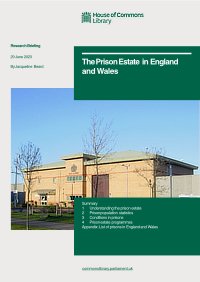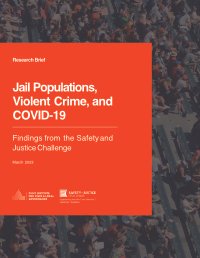By Lucy Wainwright, Sarah Senker, Krysia Canvin & Laura Sheard
The impact of COVID-19 has been exceptional, particularly on the National Health Service which has juggled COVID affected patients alongside related staff shortages and the existing (and growing) health needs of the population. In prisons too, healthcare teams have been balancing patient needs against staffing shortfalls, but with additional strains unique to the prison population. Such strains include drastic lockdown regimes and prolonged isolation, the need to consider health alongside security, known health inequalities within prisoner groups, and an ageing and ethnically diverse population (both groups disproportionately affected by COVID). The aim of this paper is to contribute to emerging research on the impact of COVID-19 on prison healthcare.
Health & Justice volume 11, Article number: 6 (2023)





















